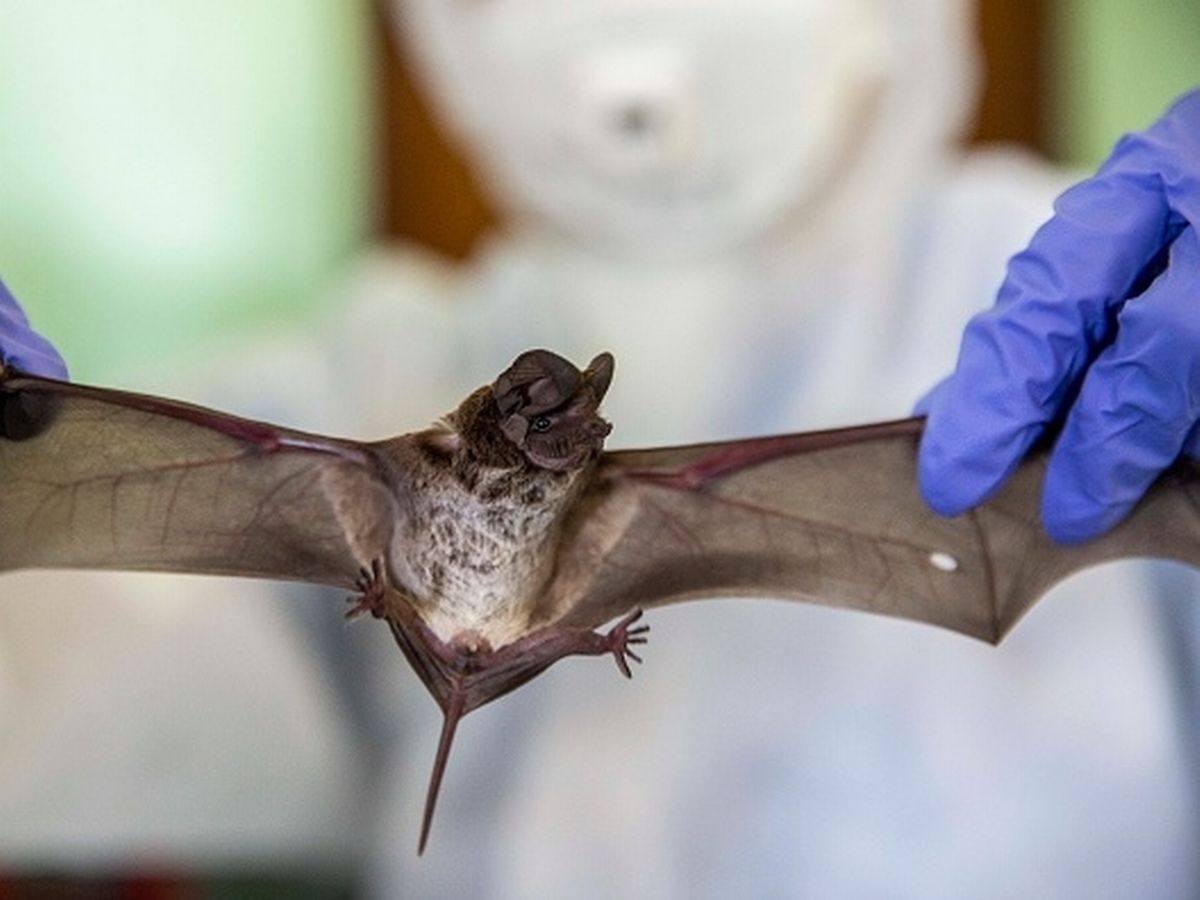Scientists have raised “urgent concerns” after discovering new bat viruses in China, including two that are closely related to deadly pathogens. Of the 20 new viruses found in bats in the Yunnan province in southwest China, researchers warn that two are similar to Nipah and Hendra viruses – pathogens that can cause severe brain inflammation and respiratory disease in humans. In a new study, authors raise concerns about the potential for these viruses to spill over from bats into humans . “These henipaviruses were found in the kidneys of bats inhabiting an orchard near villages, raising concerns about potential fruit contamination via bat urine and transmission risks to livestock or humans,” the authors state in the study. Nipah is a virus known to cause severe disease in humans, with a high fatality rate of 40-75 per cent, according to the World Health Organisation (WHO). It causes a range of illnesses, including respiratory illness and fatal encephalitis. Hendra virus is a rare disease that is often fatal in both infected horses and humans, causing infection that ranges from mild influenza-like illness to fatal respiratory or neurological disease. The team from the Yunnan Institute of Endemic Disease Control and Prevention analysed the kidneys of 142 bats from 10 species collected over four years and found 22 viruses – 20 of them never seen before. They also found a new species of bacteria and a new parasite. The authors said: “By analysing the infectome of bat kidneys collected near village orchards and caves in Yunnan, we uncovered not only the diverse microbes bats carry, but also the first full-length genomes of novel bat-borne henipaviruses closely related to Hendra and Nipah viruses identified in China—raising urgent concerns about the potential for these viruses to spill over into humans or livestock.” The researchers say the findings highlight the risk of “critical zoonotic threats” and are calling for thorough analyses of previously understudied bat organs “to better assess spillover risks”. Bats have a unique immune system which enables them to remain healthy despite carrying viruses, making them a natural reservoir for a number of pathogens transmitted to humans. Five years after the Covid-19 pandemic, questions remain about the origins of the virus , but a large body of research suggests that animals – specifically horseshoe bats – were the likely source of the virus. However, other experts claim that more research is needed to understand the “actual risk” of the new viruses and their potential to spillover to humans. “We have other examples of close evolutionary cousins to Hendra and Nipah that appear not to be of any concern for spillover, so there will need to be some more laboratory studies on these new viruses to determine the actual risk,” said Alison Peel, University of Sydney veterinarian and wildlife disease ecologist, who was not involved in the study. That said, molecular virologist Vinod Balasubramaniam, from Monash University in Malaysia, says the findings are “concerning” due to their potential transmission route seen in “previous outbreaks”. Balasubramaniam said: “These viruses are particularly concerning because they were predominantly found in bat kidneys, a site linked to urine production, raising alarm about potential human exposure via contaminated fruits or water – routes implicated in previous outbreaks.” The study was published in the journal PLOS Pathogens .
